blog
Book Review: Bear Girls (Bärenmädchen) by Ute Behrend
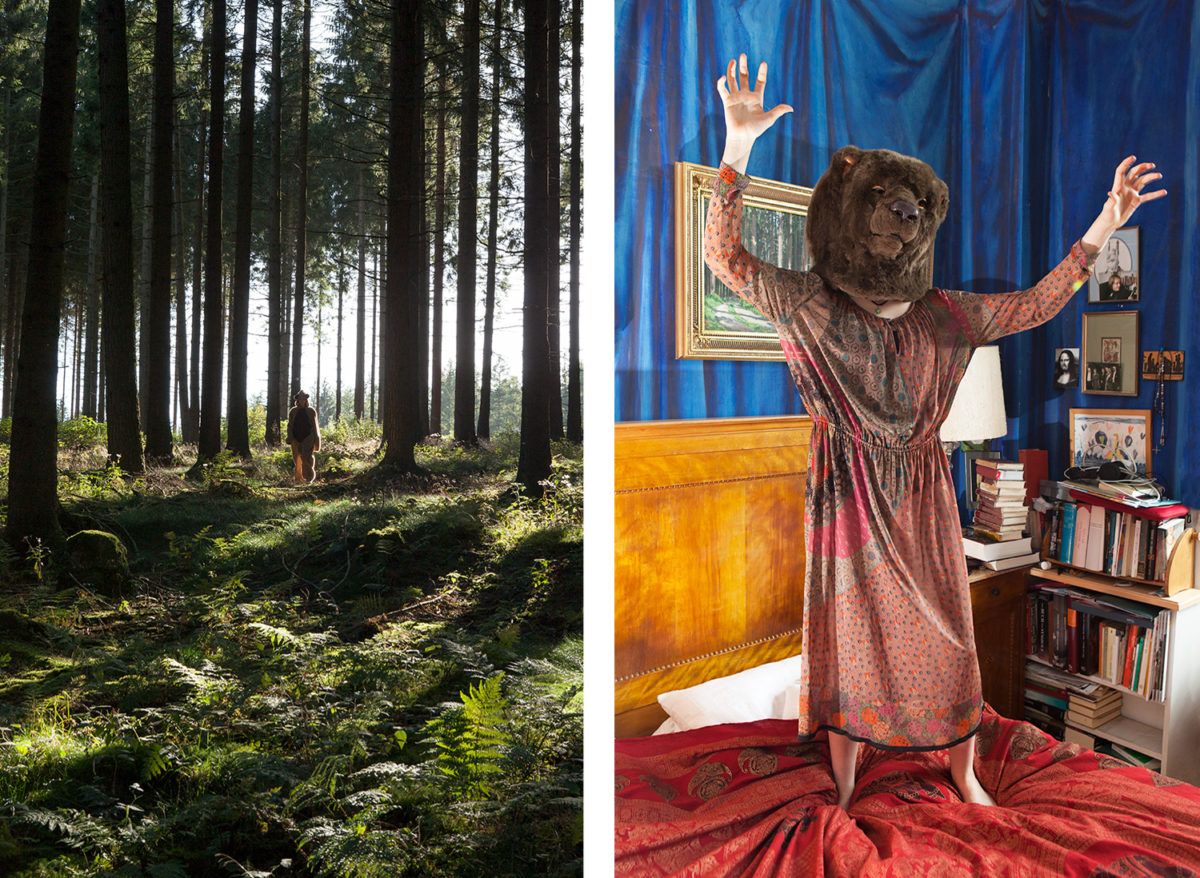
Bear Girl in Forest and Bear Girl in Bedroom © Ute Behrend
Somewhere in North America or Canada, there is a tribe of Indians who dress their pubescent girls in large bearskins. The girls all live together just outside the village, the bearskins protecting them from the gaze of the adults and boys. They are even advised to be particularly slow and clumsy, to mimic the movement of a bear. This protected environment allows them to mature in a carefree and undisturbed way. They themselves determine the moment when they finally throw off their bearskin, and become part of the community of grown-up women. Girls of this tribe may even decide to become braves. Not many do, but some have.
When I recently told a friend about this, she was certain she had heard of this tribe before.
As it happens, I made it all up myself.
Right up front, in the introduction to the book, the reader is told that a narrative fiction has been created. That it was all made up. Fake. Got it. This is not a true story. But as I moved through the book and tried to reconcile the images against the initial plot summary of the project, I had to keep reminding myself that it is was not a real story. But Berhrend implanted the Bear Girls myth in the reader’s mind right off the bat. Then said it was a lie. This dissonance undermines the readers ability to trust if the artist is ‘really’ telling the truth? All of it? Some of it? If not, which part? Does the viewer trust the images, but not the ‘story’, or the other way around? It compelled me to take in the book with skepticism and I felt a bit of glee to see how it would all turn out. I revisited the book a number of times to see if I can find the clues that support the false narrative.
But the mythology stuck me even harder after repeated viewings. I was drawn into Behrend’s story, and the framework of this allegory or legend, and several cultural concepts or mythologies came to mind in the process. I first recalled the mythological origin story of Remus and Romulus who were the offspring of gods, but were raised by a she-wolf, and later they fought to the death before Romulus founded ancient Rome. Or I also recalled the broader mythology of some Native American tribes whereby bear personalities in their stories range from wise and noble, to morally honorable (but somewhat stupid and gullible), to aggressive and intimidating. But in most cases, the bears don’t bother people who have not done anything wrong. In some tribes, such as the Cherokee, bears are sometimes portrayed as violent enemies of humans, although they are still an important clan animal. Notably for Bear Girls, the devoted maternal behavior of female bears is often noted in folktales, with mother bears sacrificing themselves for their cubs or adopting human children. There are several other myths and fairytales where girls wear a bearskin to protect themselves from advances of men, or to make themselves ‘invisible’ to those who might harm them.
Behrend’s striking images lean on the thematic pacing of film sequencing, portraiture, and landscape photography. Her characters are specific actors in this play, but they also represent all girls who find themselves “relatively isolated within their peer group, not because that is what they wanted, but because they had been rejected. Interestingly, it was precisely this rejection that gave them a freedom, from within which their uniqueness could develop.” The use of bearskin coats, cut and bloody clothing, toy-stuffed or taxidermy-mounted animals, or natural settings which feel like scenes for the story… all are expertly employed in order to tell the tale.
The bear costumes depicted in Behrend’s images empower the girls in her story, and connotes a protection against traumas, both past and/or future. The image of a bear becomes a stand-in for humans who might either harm or protect the girls. The natural environments Behrend shows here, combined with photos taken in interior personal spaces, provide a safe haven as well. Behrend’s personal experience growing up, as well as her daughters, provided a wealthy springboard for this coming of age story, themes of freedom, safety, assertion, and self-discovery. It doesn’t matter if the facts are real or not, the story is true.
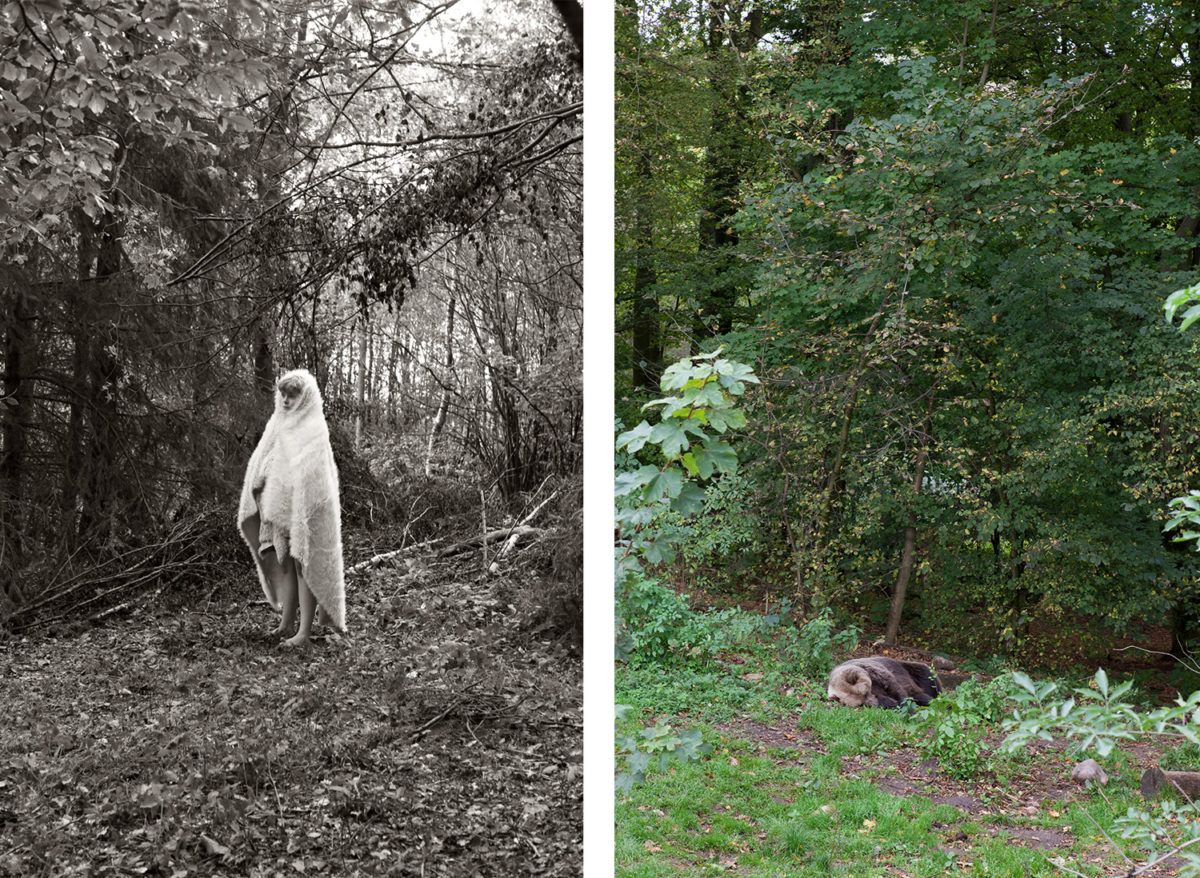
Girl with Fur in Woods and Sleeping Bear © Ute Behrend
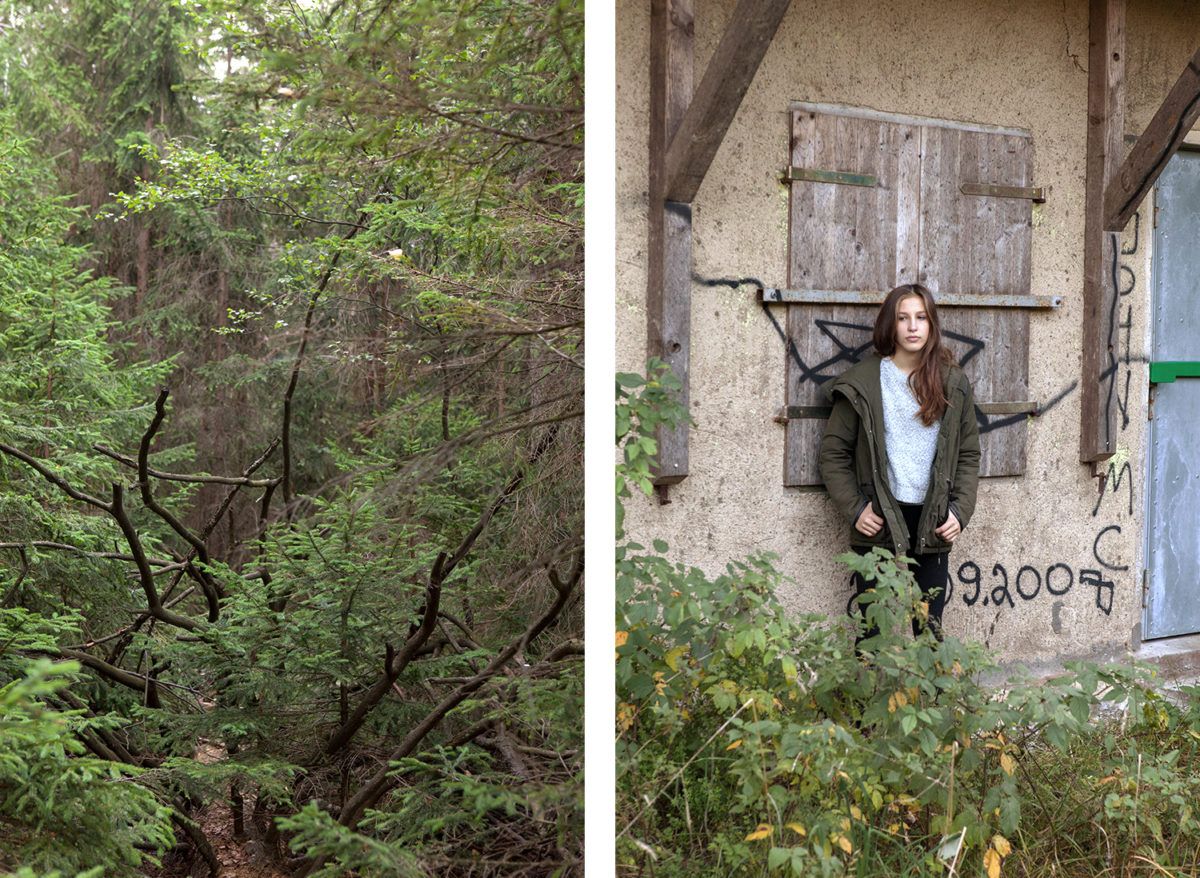
Dark Branches and Lili © Ute Behrend
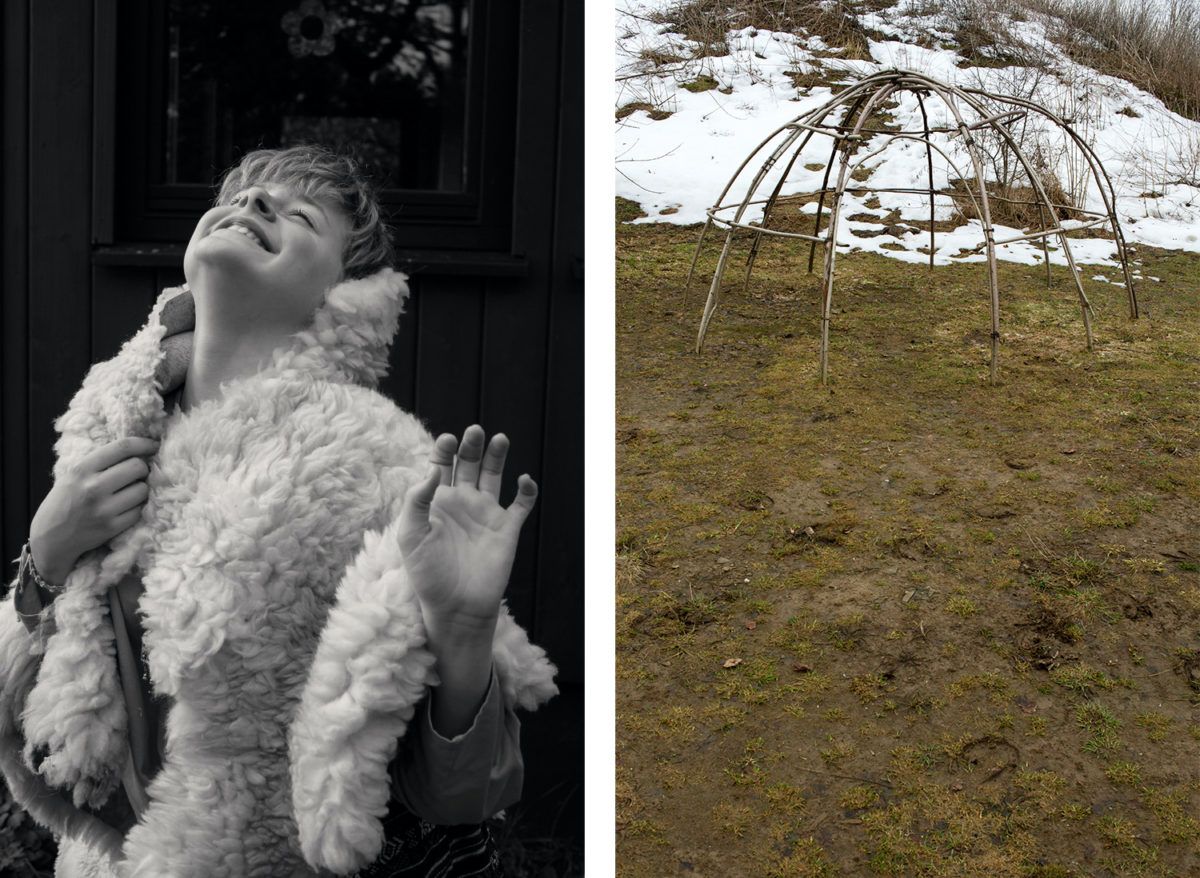
Girl with Fur and Tepee rack © Ute Behrend
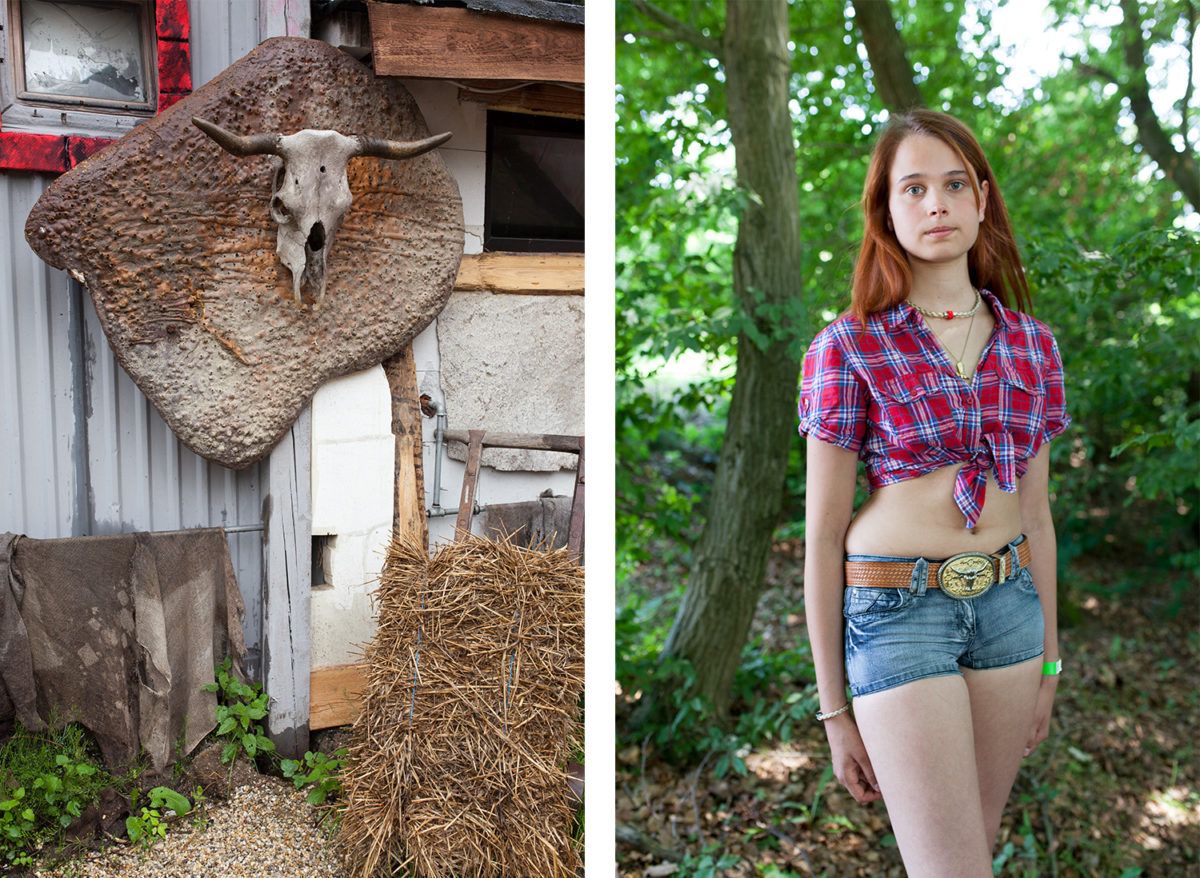
Western Decoration and Michelle © Ute Behrend
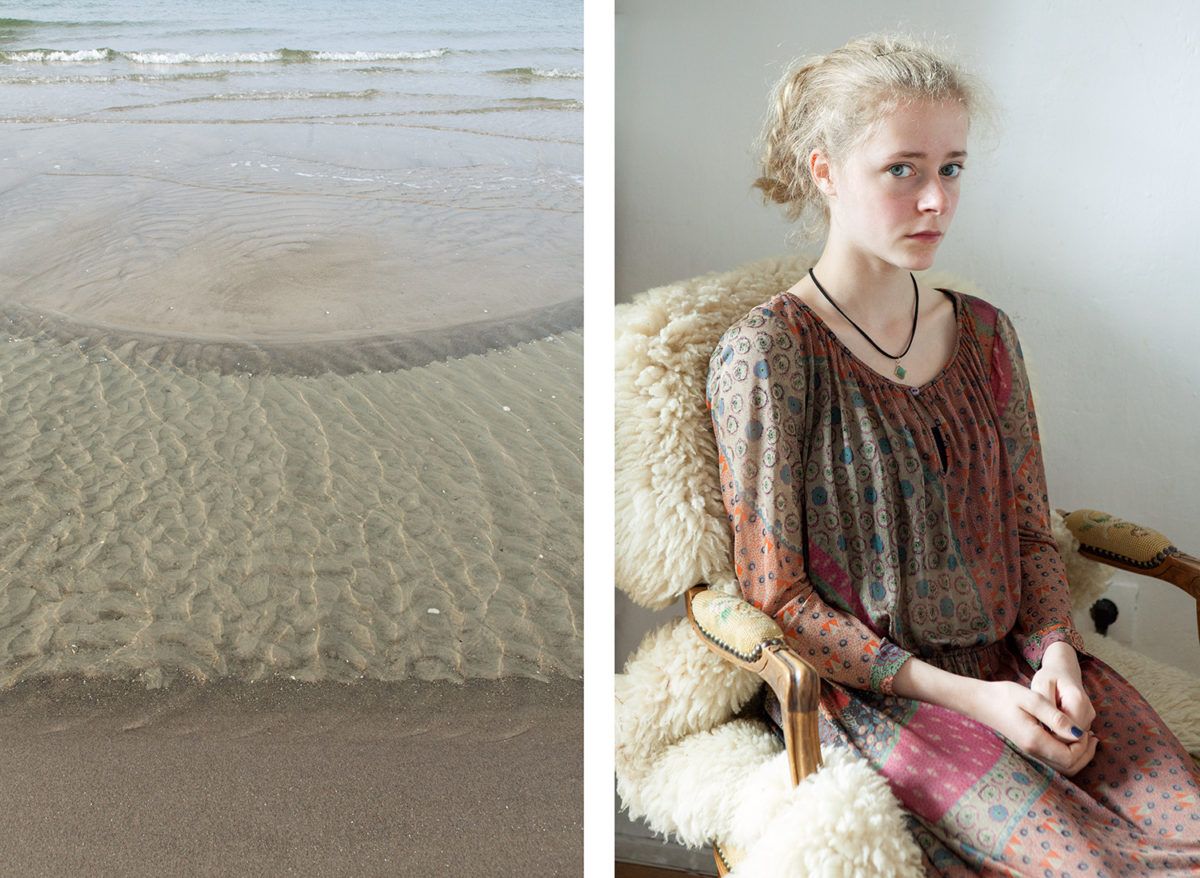
Seawater and Amalia © Ute Behrend
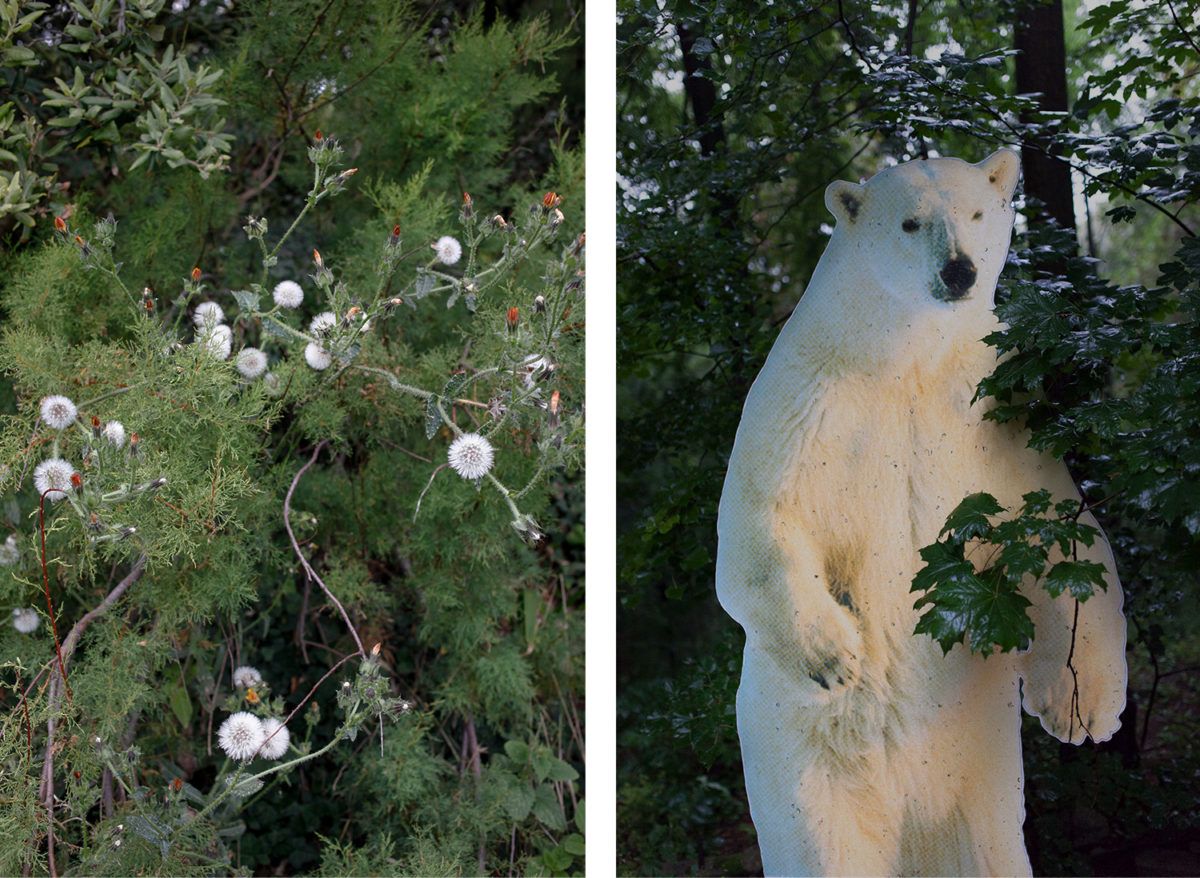
Dandelion and Polar Bear © Ute Behrend

Branches on Tree and Ladder in a Tree © Ute Behrend
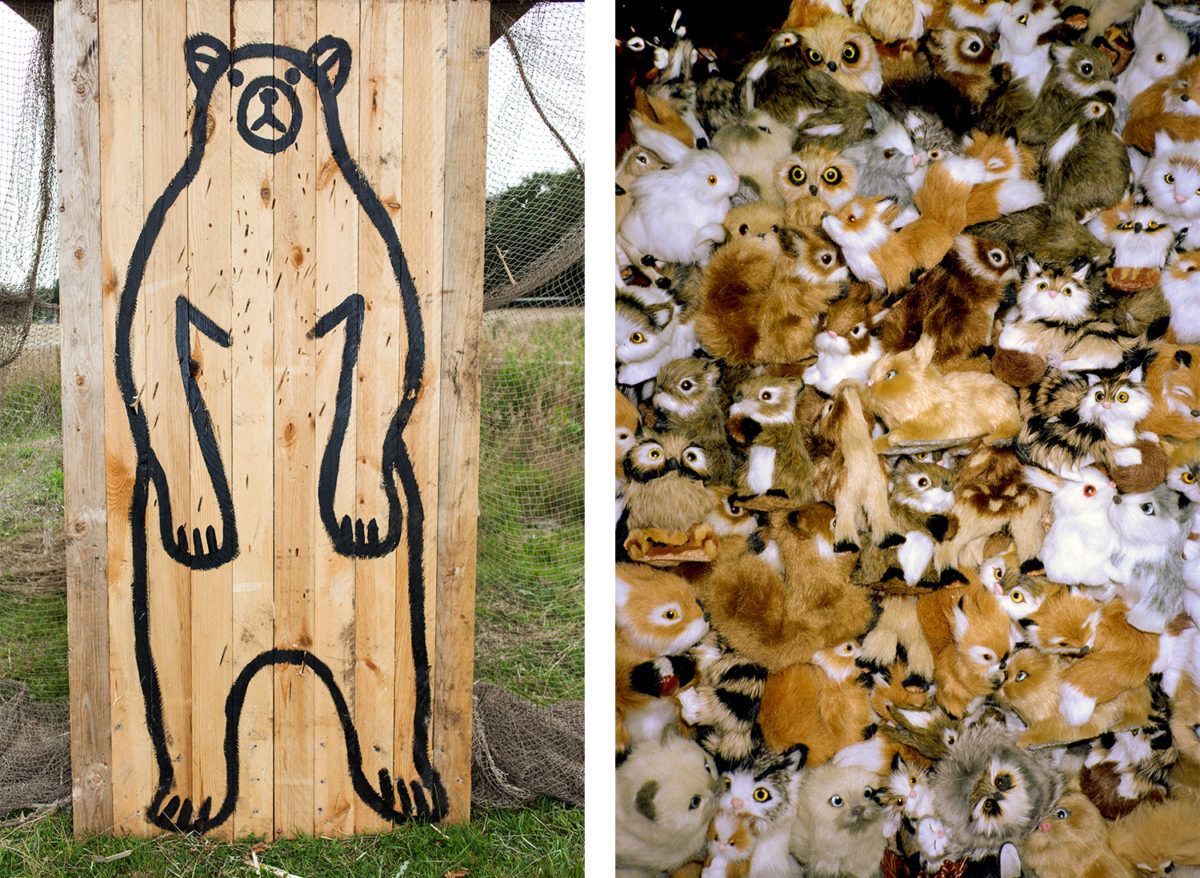
Bear Target and Cuddly Toys © Ute Behrend
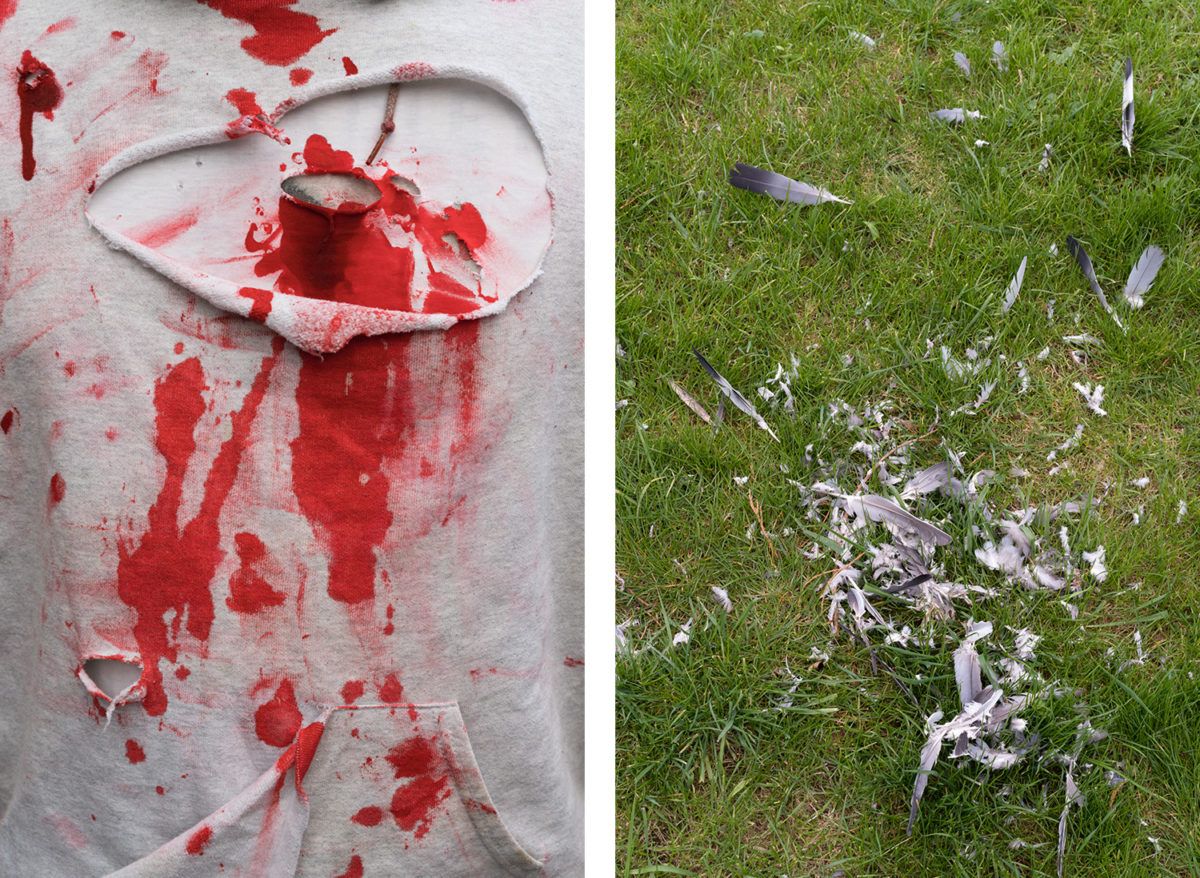
Bloody Shirt and Plumes in Grass © Ute Behrend
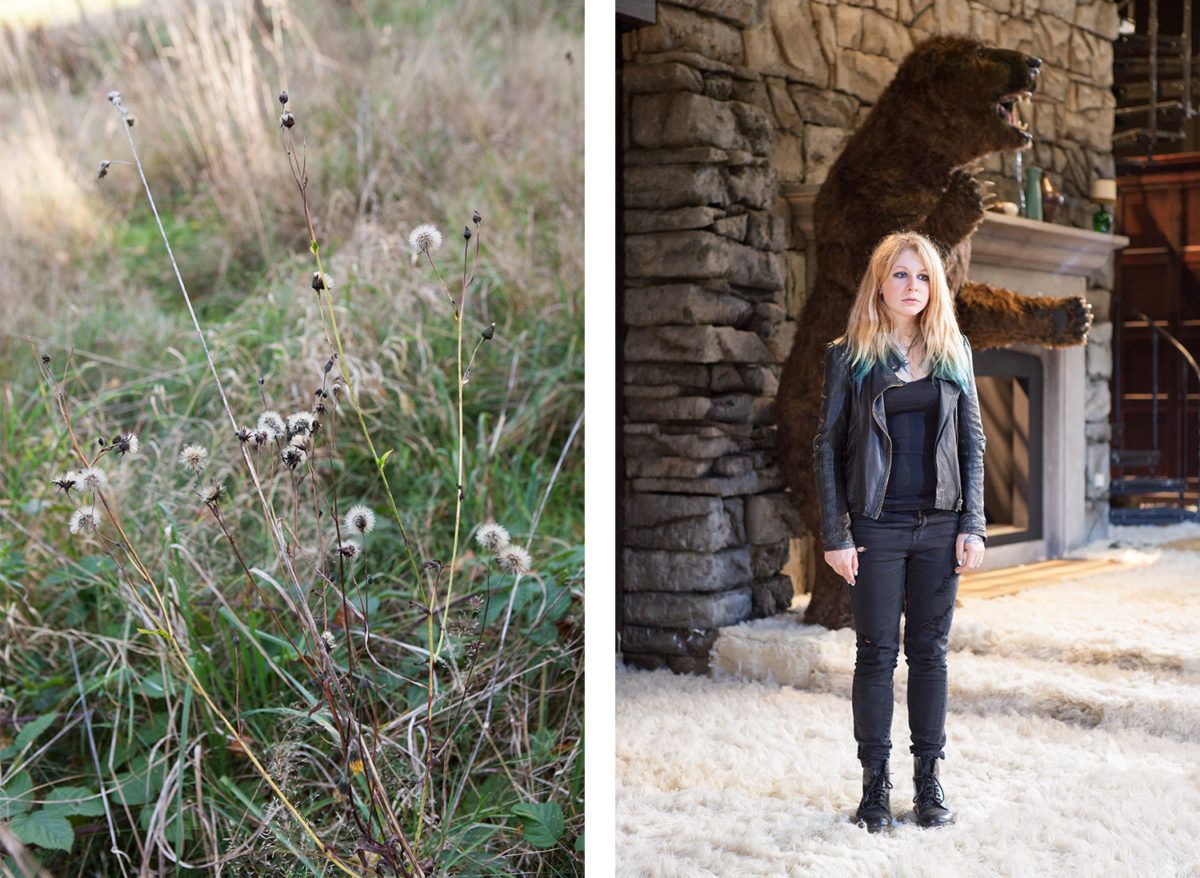
Autumn Meadow and Mia © Ute Behrend
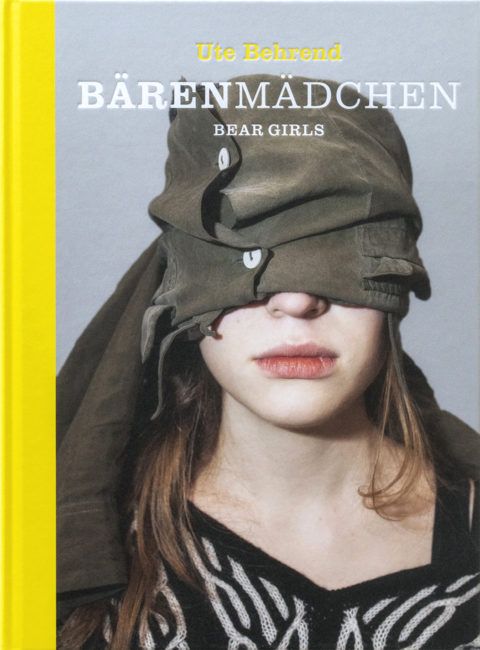
Bärenmädchen / Bear Girls
by Ute Behrend
Published by BUMMBUMM BOOKS
Language: German, English
Text by: Barbara Hofmann-Johnson, Ute Behrend
Ute Behrend is a German artist, publisher, lecturer and editor, based in Cologne, Germany. She is co-founder of BUMMBUMM BOOKS and member of the German Photography Academy (DFA) and the DGPH. Behrend’s photographs and video installations have been exhibited internationally, and are included in many public collections. Her last book “Bärenmädchen / Bear Girls” was published in 2019. It was shown internationally and received numerous honorable mentions, as well as the Julia Margaret Cameron Award and the German Photo Book Prize. Her latest work “Back to Nature” was nominated for the Merck Prize in 2020. See more of her work at her website: http://utebehrend.de/ute-behrend-en.html
Location: Online Type: Book Review
Events by Location
Post Categories
Tags
- Abstract
- Alternative process
- Architecture
- Artist Talk
- artistic residency
- Biennial
- Black and White
- Book Fair
- Car culture
- Charity
- Childhood
- Children
- Cities
- Collaboration
- Community
- Cyanotype
- Documentary
- Environment
- Event
- Exhibition
- Faith
- Family
- Fashion
- Festival
- Film Review
- Food
- Friendship
- FStop20th
- Gender
- Gun Culture
- Habitat
- Hom
- home
- journal
- Landscapes
- Lecture
- Love
- Masculinity
- Mental Health
- Migration
- Museums
- Music
- Nature
- Night
- nuclear
- p
- photographic residency
- Photomontage
- Plants
- Podcast
- Portraits
- Prairies
- Religion
- River
- Still Life
- Street Photography
- Tourism
- UFO
- Water
- Zine

Leave a Reply